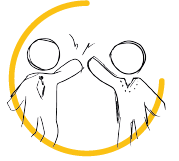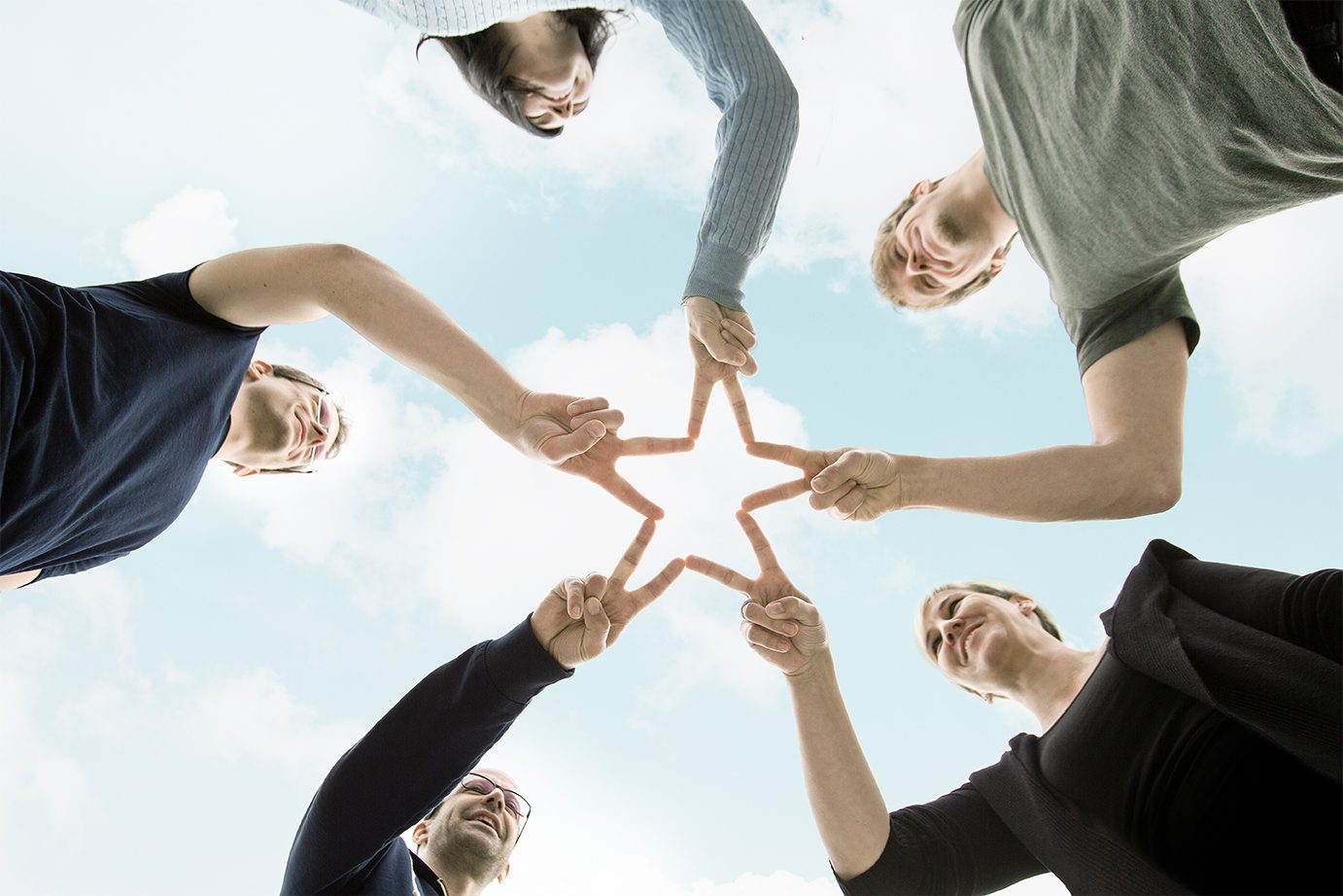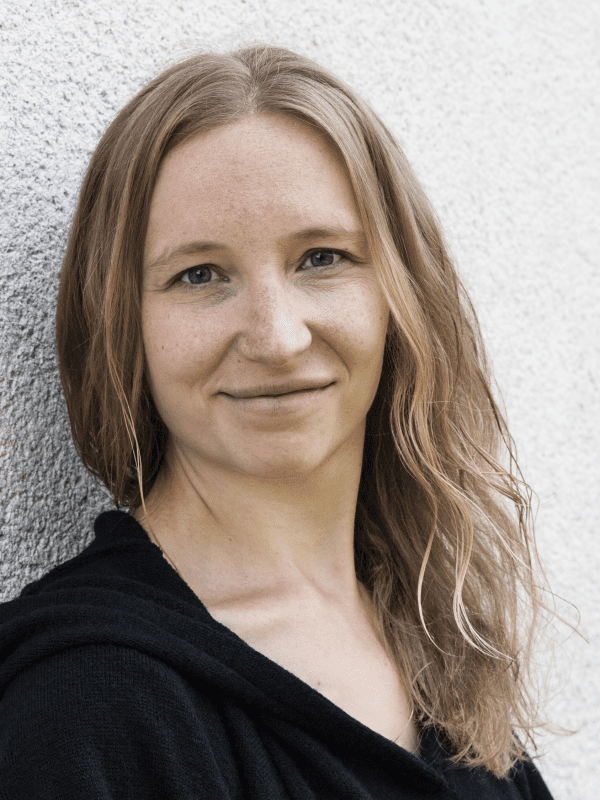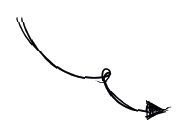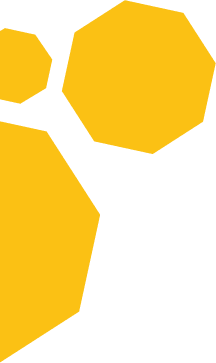
Inclusive & barrier-free events
Sustainability Inside - Innovation for an inclusive future
Under the slogan “Innovation for an Inclusive Future” we invited people to the 20rd edition of the Sustainability Inside event on September 2023, 3 at Unicorn Graz.
At this event we explored the question of how business and society must also be thought of from marginalized perspectives so that existing power relations can change (and why they should); what subconscious prejudices each of us carries with us and how they determine our actions; why some of us take our fate into our own hands and – intentionally or by accident, whether in the company or in our private lives – become multipliers of social transformation. In addition, what opportunities and risks arise from rapidly developing technology and whether they hinder or help us to shape a more inclusive, fairer society for all.
We were supported and accompanied by experts and specialists such as marketing professional Nina Bauregger, green activist Mathias Schaffer and mobility expert Lina Mosshammer.
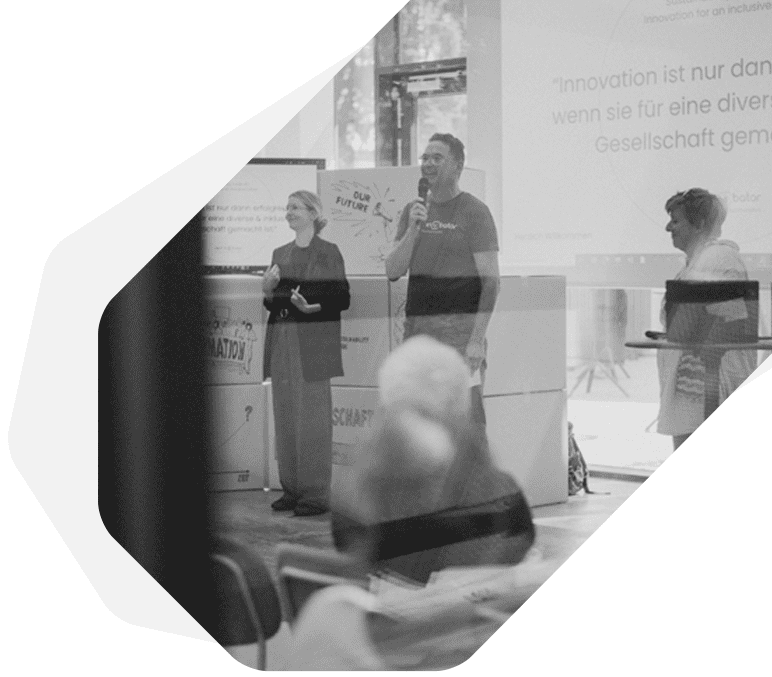
What you should know
The schedule
'Innovation is only successful if it is made for a diverse & inclusive society'. This is our statement, which accompanied us in the preparation for this event. Inclusion should not only be discussed theoretically and developed in workshops but should also be implemented on site. That's why the aim was to organize an event that was as accessible as possible.
This project was taken very seriously and it soon became clear that we had to get help from experts. The point is not that it is incredibly difficult to implement, but rather that we have simply never learned what to pay attention to. Barriers were not and are not recognized as such.
Here is a list of the measures we implemented and with whom we did it:
GUIDANCE SYSTEM
With the graphic designer Anna Weinschein During an initial inspection of the building, we identified and discussed the existing barriers from a design perspective. Some structural measures were identified which we were unable to change. The most important measure for us is and was orientation in the building. The location basically consists of 2 buildings connected to each other and it is very difficult to find your way around. On the one hand, a route plan was designed with Anna and, on the other hand, a cross-section of the location.
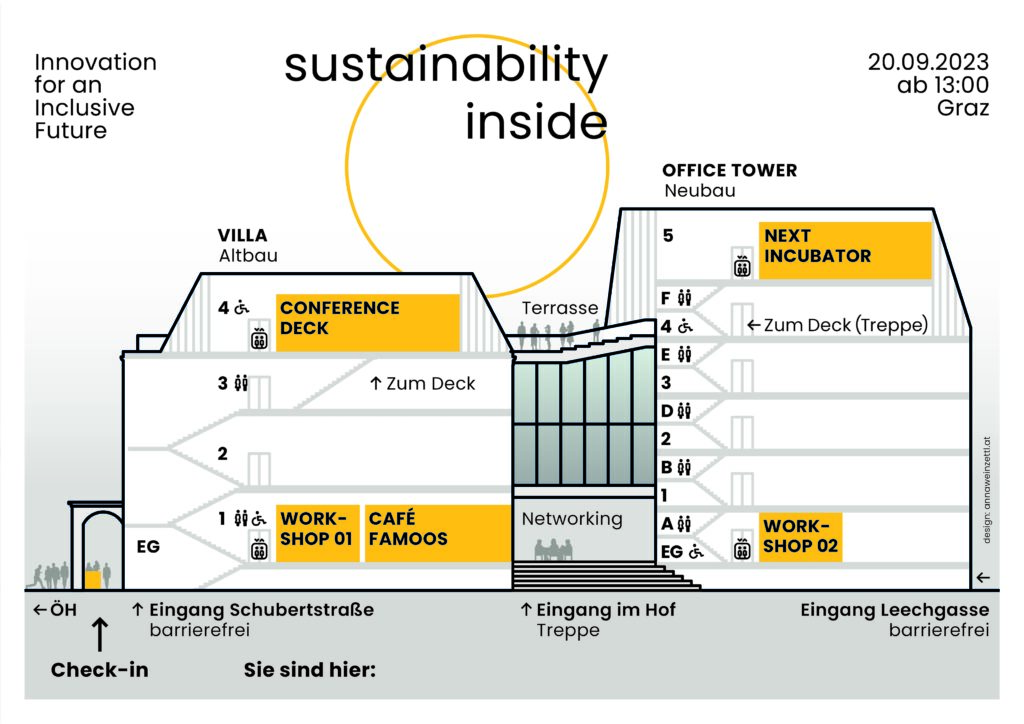
ACCESSIBLE MOBILITY
Our speaker at the event and co-host of our new podcast season Heidemarie Egger introduced us to Edith Zitz and Katharina Steiner. Both are experts in diversity and inclusion. We took a tour together and discussed where there are barriers that impair mobility. As those affected ourselves, we were able to receive feedback that was not only authentic but also very solution-oriented. We evaluated measures that were already planned together and collected additional ones.
From a very extensive catalog of measures we were able to implement the following at the event:
TRANSLATION INTO SIGN LANGUAGE
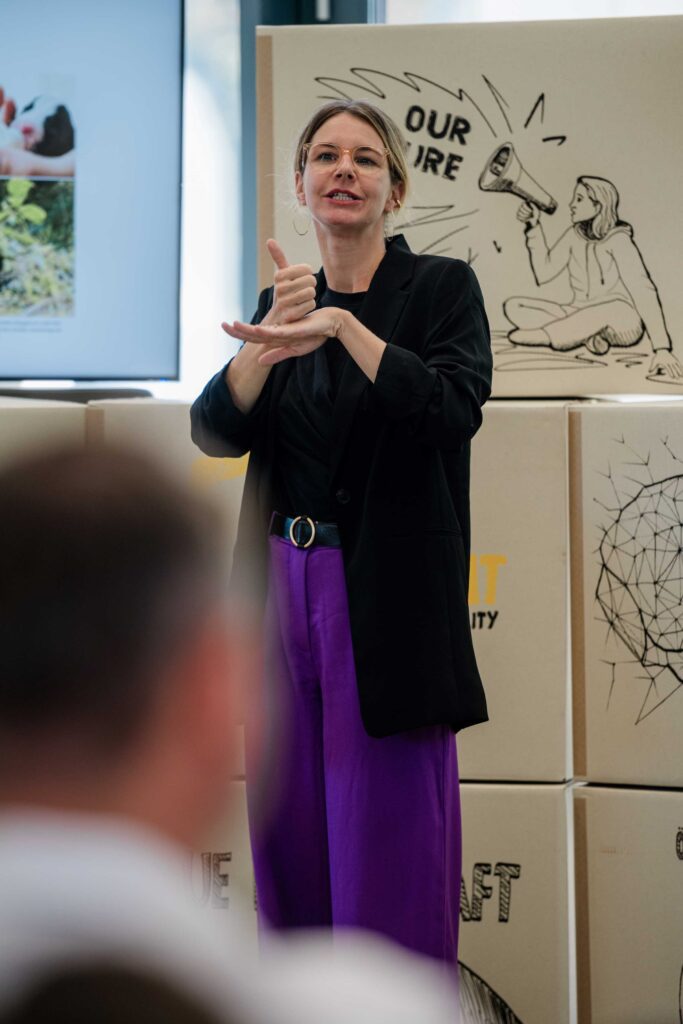
Via the <strong>integrated datalog</strong> the measuring values can be stored on the humimeter RH5 paper moisture meter and additional data can be added. You also have the possibility to use the Autolog function. This function automatically saves measuring values in adjustable time intervals. Austrian Sign Language Interpreters and Translators Association we made a general inquiry. A large number of interpreters are listed there and the request is forwarded directly. The advantage is that you don't have to send individual requests. Anyone who feels addressed has the opportunity to respond directly. That's how it happened within one day Marlen Perner reported to us. You and your colleague Eva Townley received the order and simultaneously translated all formats that took place in the plenum
KEYNOTE & PANEL
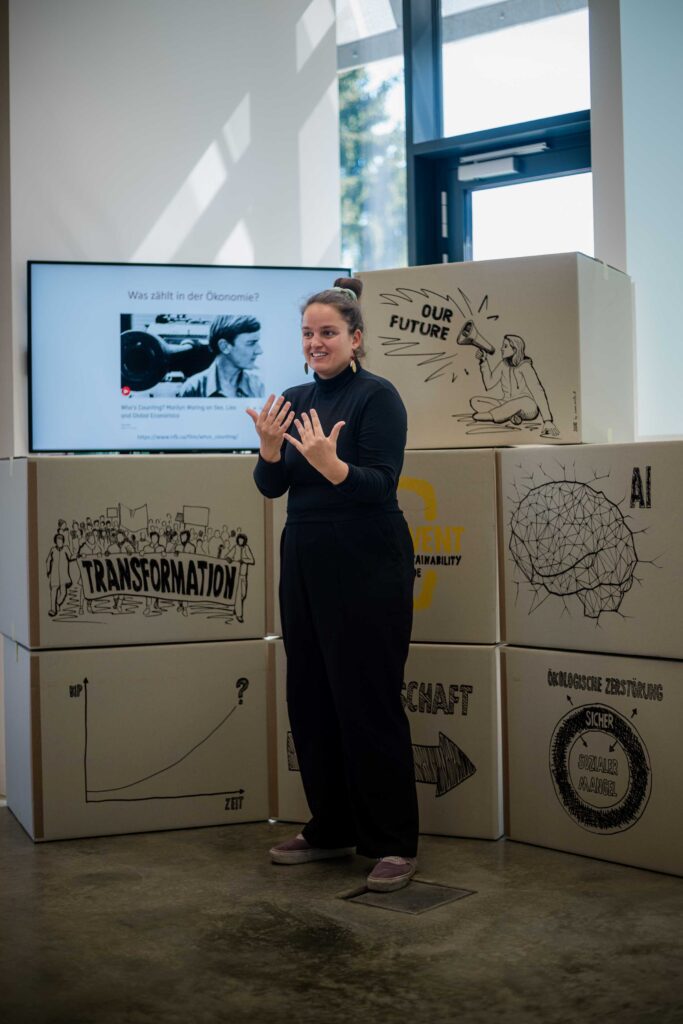
CONCLUSION
Unfortunately, making an event inclusive and barrier-free is not a given. The hardest thing for us was to even recognize barriers as such. To identify these, we sought help from experts. We were then able to implement many of the measures we developed relatively easily. Some things you just have to do & many things have now been tried and tested. This means that next time we don't have to start from scratch but have some things already finished in the drawer.
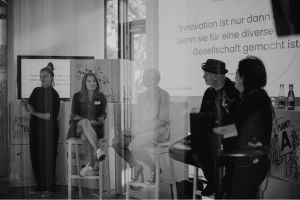
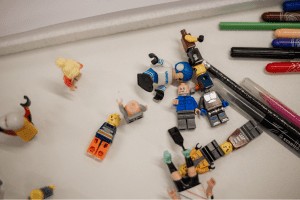
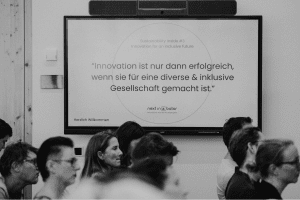
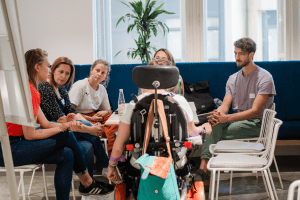
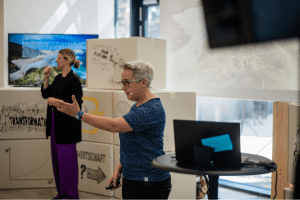
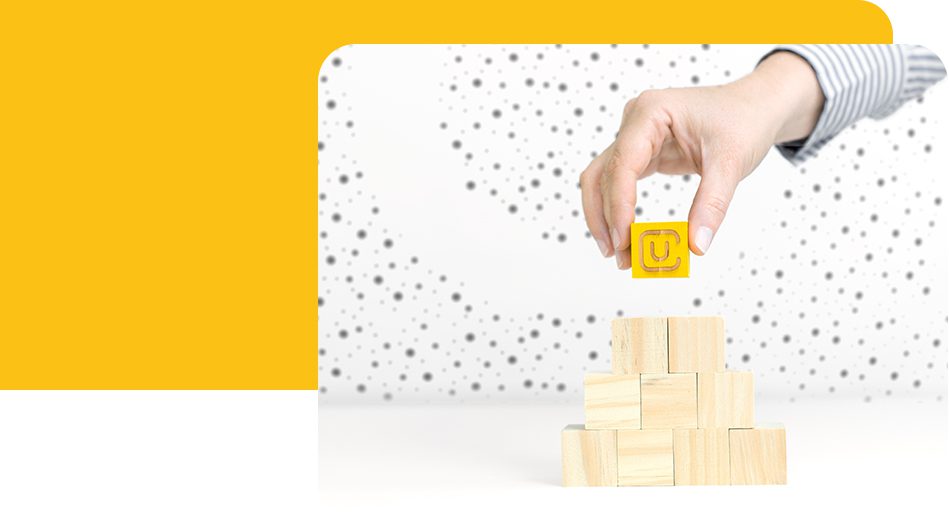
Advantages
of innovation
We shape the future
As an innovation hub for sustainability, the next-incubator has know-how and a large network in the area of sustainability. Here, sustainability is never viewed exclusively from an ecological perspective, but above all from a social perspective. A real transformation is only possible if both levels are considered together.
